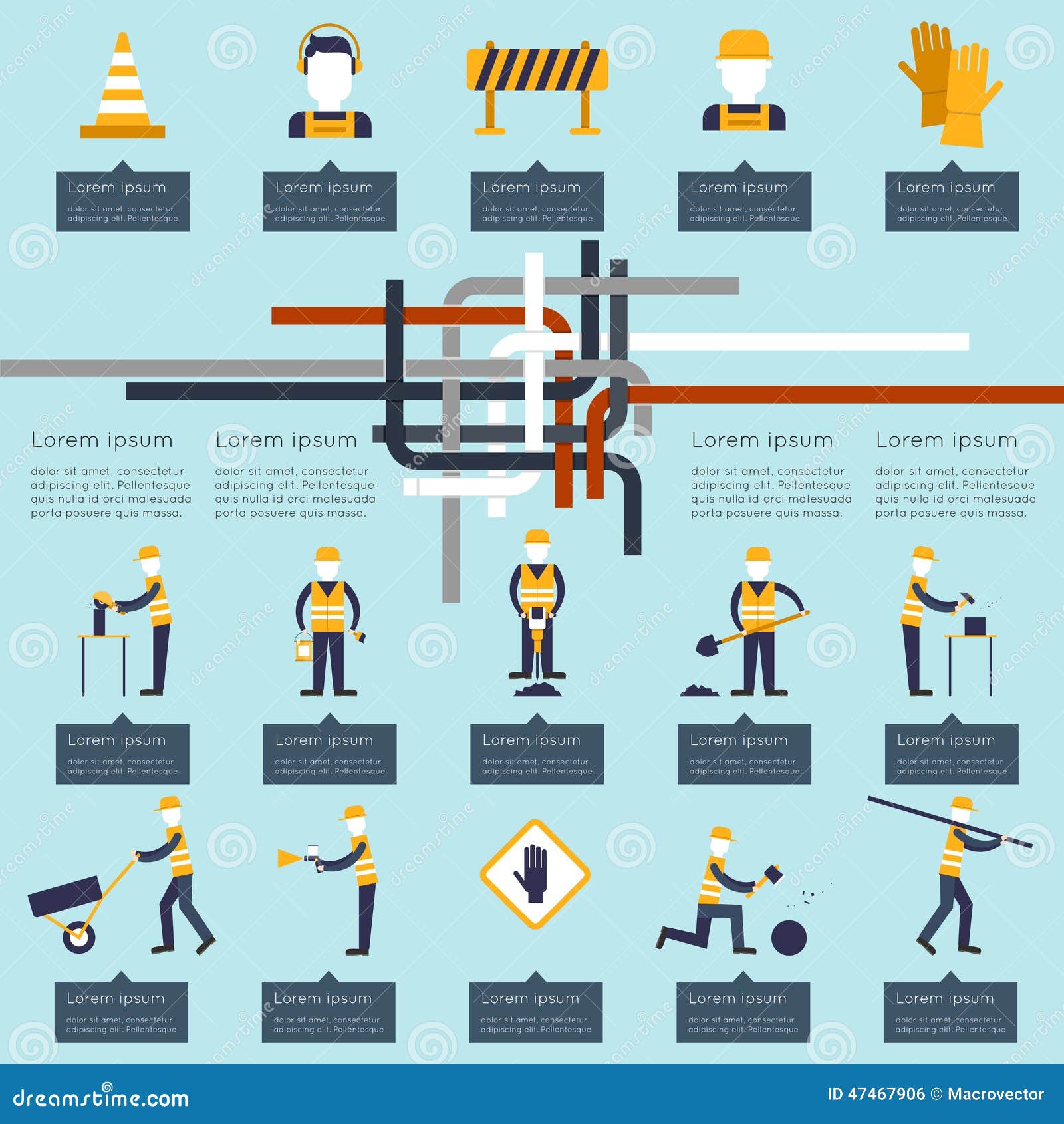Underneath The Surface Of Your Commercial Exterior Paint Project Lies The Critical Function Of Weather-- Discover How It Can Make Or Damage Your Results
Underneath The Surface Of Your Commercial Exterior Paint Project Lies The Critical Function Of Weather-- Discover How It Can Make Or Damage Your Results
Blog Article
Short Article Writer-Fry Duke
When you're intending a commercial external painting task, don't underestimate the impact of weather on your results. You need to consider factors like temperature level, moisture, and rainfall, as they can make or break your paint job. For example, did you recognize that perfect problems ask for specific temperature ranges and humidity degrees? Falling short to monitor these facets can lead to uneven finishes or perhaps damage to fresh paint. Recognizing these elements is crucial to accomplishing a durable, specialist end result. So, what certain weather conditions should you watch out for?
Temperature Considerations
When it involves industrial exterior paint, temperature level plays a vital function in the result of your task. If you're repainting in extreme warm, the paint can dry also rapidly, leading to problems like bad adhesion and irregular surfaces. You wish to aim for temperatures between 50 ° F and 85 ° F for the best outcomes. Below 50 ° F, paint may not cure correctly, while over 85 ° F, you take the chance of blistering and fracturing.
Timing your job with the best temperature levels is vital. Beginning your job early in the morning or later in the mid-day when it's cooler, specifically throughout hot months.
Also, consider the surface temperature; it can be dramatically more than the air temperature, particularly on bright days. Utilize a surface thermometer to examine this before you start.
If temperatures are uncertain, keep an eye on the weather forecast. Unexpected temperature decreases or warm front can derail your plans. You do not want to begin painting only to have the conditions change mid-project.
Humidity Degrees
Humidity levels considerably impact the success of your commercial outside painting task. When the moisture is expensive, it can hinder paint drying and curing, bring about a range of concerns like poor adhesion and end up high quality.
If you're preparing a job throughout damp conditions, you may discover that the paint takes longer to completely dry, which can expand your job timeline and rise prices.
Alternatively, try this out can also pose challenges. Paint may dry too swiftly, protecting against appropriate application and resulting in an irregular finish.
You'll wish to keep an eye on the humidity degrees carefully to ensure you're working within the ideal array, generally in between 40% and 70%.
To obtain the best results, take into consideration utilizing a hygrometer to measure moisture prior to beginning your project.
If you locate the degrees are outside the optimal array, you might require to adjust your routine or pick paints developed for variable problems.
Always get in https://www.realsimple.com/home-organizing/home-improvement/painting/painting-mistakes with the supplier's standards for particular referrals on moisture tolerance.
Precipitation Influence
Rainfall or snow can dramatically interrupt your commercial exterior painting plans. When precipitation happens, it can wash away freshly applied paint or produce an uneven coating. Preferably, you wish to pick days with dry weather condition to guarantee the paint adheres appropriately and treatments successfully. If you're captured in a shower, it's ideal to halt the task and await conditions to improve.
In addition, snow can be even more destructive. Not just does it produce a wet surface area, however it can also decrease temperatures, making it hard for paint to completely dry. This can bring about concerns like peeling off or blistering down the line.
It's important to examine the weather report before beginning your task. If rainfall or snow is forecasted, consider rescheduling.
Always bear in mind to permit sufficient drying out time in between layers, especially if the weather continues to be unforeseeable.
Verdict
To conclude, keeping an eye on the weather is necessary for an effective business outside painting job. By monitoring temperature, humidity, and rainfall, you can guarantee the most effective problems for application and treating. Keep in mind to intend your job around beneficial weather condition and constantly adhere to producer guidelines. With the appropriate method, you'll achieve a lasting, gorgeous surface that can withstand the elements. Don't let the weather capture you unsuspecting-- remain notified and paint wise!
